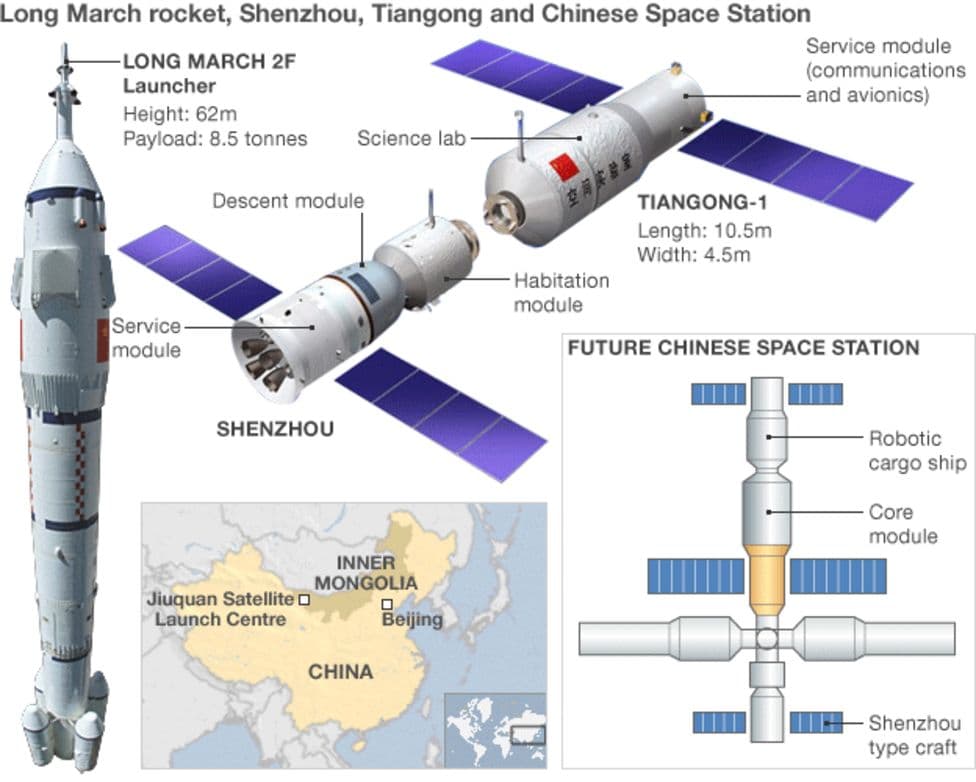White House Launches Genesis Mission, Government Builds AI Platform for Science
President Trump signed an executive order creating the Genesis Mission, a government led initiative to build an integrated artificial intelligence experimentation platform using federal datasets, supercomputers and national laboratories. The move aims to accelerate scientific discovery in areas from protein folding to fusion simulation while prioritizing security in biotech, semiconductors and energy, and shifting private sector investment toward national priorities.

President Trump signed an executive order on November 24 creating a government led effort called the Genesis Mission to build an integrated artificial intelligence experimentation platform that harnesses federal scientific datasets, supercomputers and national laboratories. The Department of Energy will lead the program, which the administration describes as a closed loop system designed to train scientific foundation models and to power robotic laboratories for tasks including protein folding and fusion simulation.
The order frames the initiative as an effort to accelerate discovery by combining large scale computation, curated government data and automated physical experimentation. By linking models that generate hypotheses with robotic systems that carry out experiments and feed results back into training pipelines, the administration envisions shortening the time between idea and validation in fields that range from materials science to energy research.
A central justification for the Genesis Mission is national security. The executive order singles out biotechnology, semiconductors and energy as domains where tighter control over advanced tools and research direction is warranted. The administration says the platform will incorporate protections intended to prevent misuse of powerful capabilities and to ensure that advances align with strategic objectives.
The plan also seeks to steer private sector capital toward public science goals. Officials characterized the initiative as a mechanism to redirect investment in artificial intelligence toward national priorities rather than purely commercial applications. That ambition raises immediate questions about how the government will incentivize cooperation from industry, and how it will balance the openness typical of academic research with restrictions tied to security.
Scientists and policy experts will face complex design and governance questions as the project moves from concept to implementation. Technical challenges include integrating heterogeneous federal datasets, scaling foundation models on national supercomputers and maintaining reliable interfaces between simulation and physical experiment. Equally demanding are decisions about data governance, research transparency, export controls and review mechanisms to assess dual use risks in sensitive domains.
The role assigned to the Department of Energy reflects the agency's existing custody of major computational resources and research infrastructure. National laboratories could provide the physical and institutional capacity to host large scale experiments and to enforce safety protocols. The administration’s emphasis on robotic laboratories signals a push toward automating routine bench work, which could reshape the research workforce and the nature of experimental science.
Economic consequences are likely to be mixed. Redirecting private investment could accelerate technology transfer to public missions and reduce duplication of effort. At the same time, companies may resist reorienting profitable AI development toward government objectives, and some startups could find investor appetite diminished if markets appear constrained by policy. The initiative also touches on international competition, as other countries pursue government led strategies to apply AI to scientific discovery.
Implementation will require detailed planning, funding and congressional engagement. The executive order sets a clear strategic direction, but the shape of the platform, its oversight arrangements and its real world impact will be determined in the months ahead as agencies develop operational plans and budget proposals.


